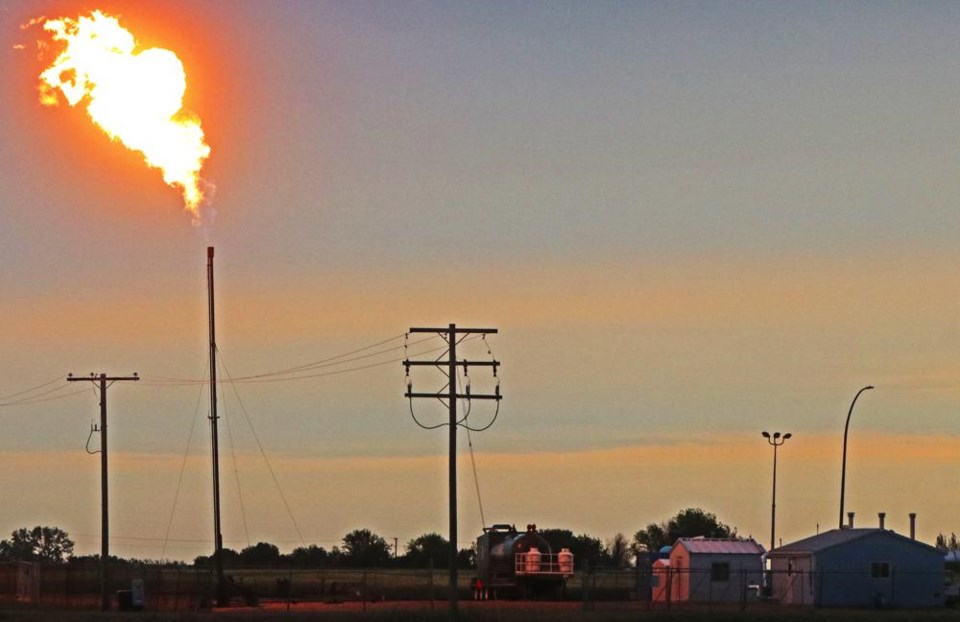REGINA - The provincial government says Saskatchewan's upstream oil and gas sector continues to significantly reduce greenhouse gas (GHG) emissions, achieving a 67 per cent reduction in 2023 levels compared to 2015, according to the 2023 Oil and Gas Emissions Management Regulations Annual Report, released on June 27.
"The oil and gas industry in our province is making substantial investments that are clearly translating into real-world reductions," Energy and Resources Minister Jim Reiter said. "These reductions are guided by our made-in-Saskatchewan approach to reducing emissions, which is having a significant impact when it comes to hitting our targets."
The annual report found that provincial emissions from reported venting and flaring at upstream oil facilities in 2023 were 3.6 million tonnes of carbon dioxide equivalent (Mt CO2e), which is a 67 per cent reduction from 2015 levels and a six per cent decline from 2022. Methane emissions alone from reported venting and flaring activities reduced by 72 per cent from 2015 levels by the end of 2023.
This is the fourth consecutive year of reductions. The government said 2015 is the benchmark year against which the report measures emissions reduction achieved each year to 2025 under The Oil and Gas Emissions Management Regulations (OGEMR) introduced in 2019.
Venting emissions releases methane, a potent GHG, to the atmosphere, while flaring burns these gases, which generates carbon dioxide but greatly reduces the methane content.
The government says multiple activities continue to contribute to provincial emissions reductions, including further installation of enclosed combustion equipment at oil wells and facilities that were routinely venting gas and using vented gas on site as fuel for a beneficial industry-related purpose.
To reduce red tape and avoid duplicative provincial regulations, the OGEMR was amended in early 2024 to focus emissions reduction efforts on venting activities alone. The amendment was made retroactive to Jan. 1, 2023. Flaring emissions are now covered entirely by the Ministry of Environment's Output-Based Performance Standards Program.
The annual report monitors progress in implementing OGEMR with the intent to reduce GHG emissions from the upstream oil and gas sector by 40-45 per cent by 2025 compared to 2015 levels – a reduction equivalent to 4.5 Mt CO2e.






